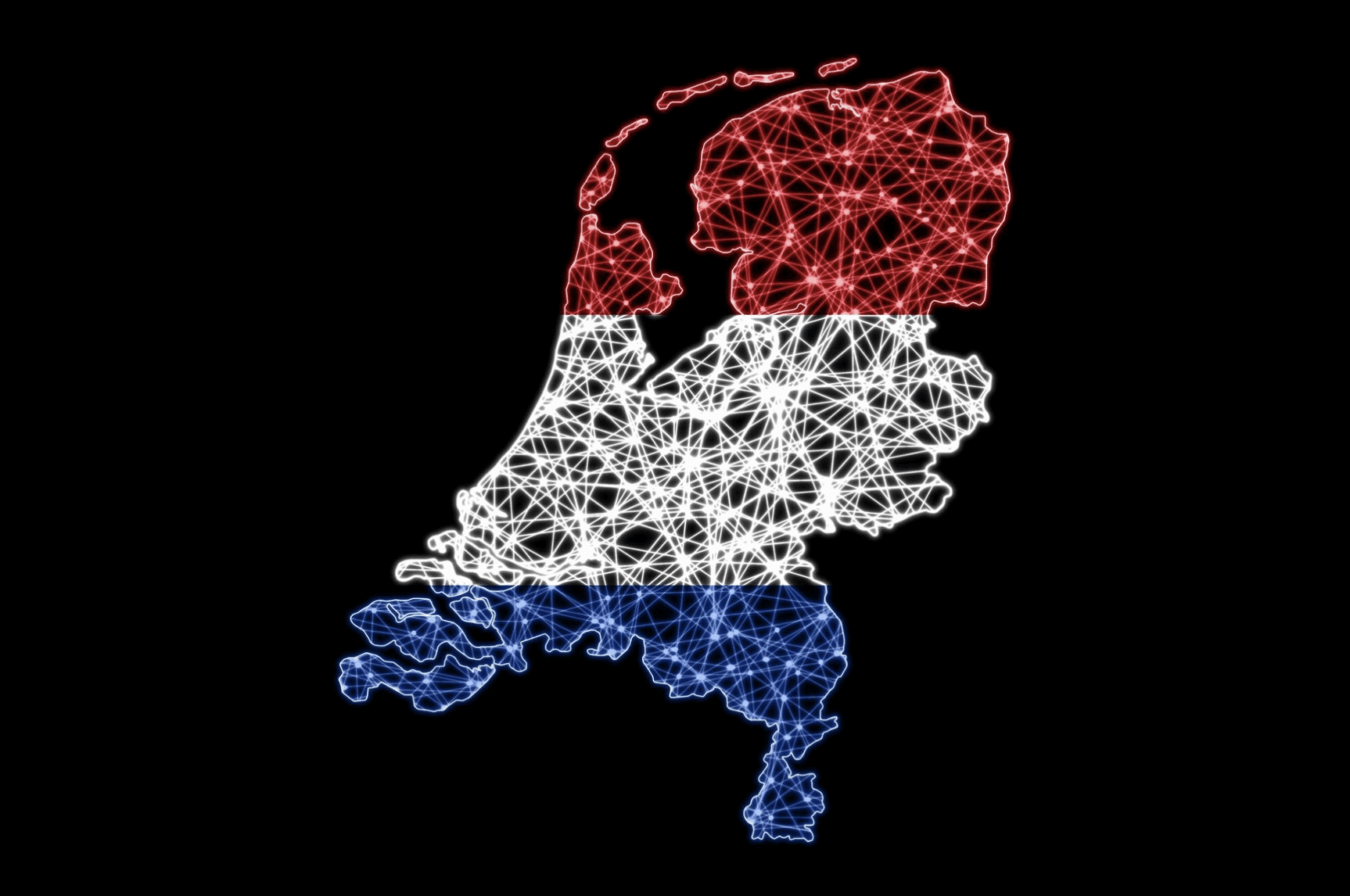Introduction
Smarter Infrastructure Starts with Smarter Insights. At Waltero, we believe that when utilities have visibility, they gain power. The power to make better decisions, detect issues earlier, and provide more sustainable services. With increasing demand on infrastructure, tighter regulations, and an aging workforce, U.S. water utilities need tools that offer speed, intelligence, and simplicity. That’s where smart grid technology and unified dashboards make a measurable difference.
By combining intelligent sensors with real-time, unified dashboards, water utilities across the U.S. are moving from reactive maintenance to predictive decision-making.
In this article, we explore the evolving landscape of smart water & energy grids, dive into the challenges faced by modern utilities, and explain how Waltero’s edge camera-based W-Sensor and Mimir platform empower water utilities through integration, automation, and insight.
How Smart Grid Technology and Unified Dashboards Are Empowering U.S. Water Utilities
Water utilities across the United States are under increasing pressure to reduce losses, improve service reliability, and modernize aging infrastructure. Smart grid technology, paired with unified dashboards, is transforming how these utilities monitor, manage, and respond to their distribution networks.
By integrating real-time data from smart meters, flow sensors, and pressure monitors into a single platform, utilities can proactively detect leaks, forecast demand, and optimize water delivery. This data-driven approach not only reduces non-revenue water but also supports regulatory compliance and sustainability efforts. Especially in the water utility sector, unified dashboards empower utility managers with the insights they need to make faster, more informed decisions, whether it’s data analytics interpretation, scheduling preventative maintenance, identifying anomalies in consumption patterns, or allocating resources during peak usage.
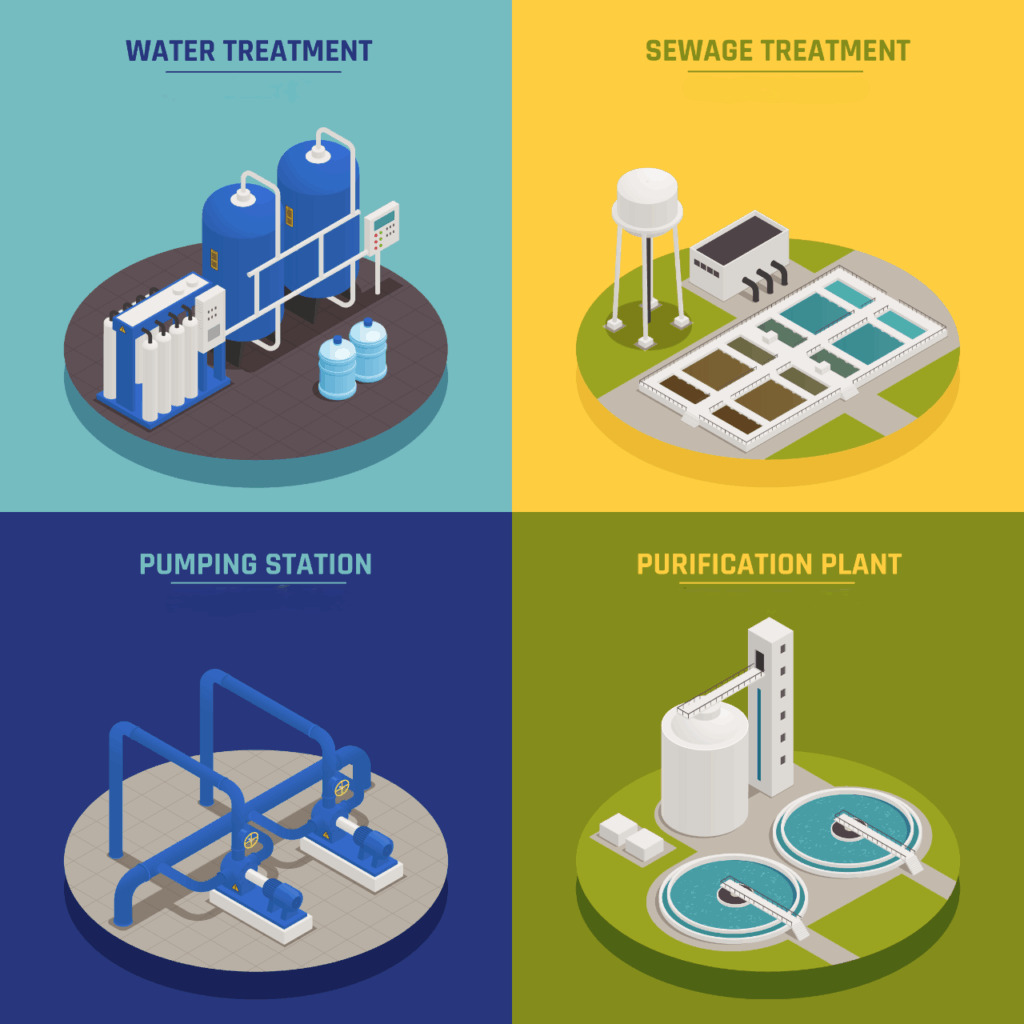
For the water sector, the hassle and overhaul of having to interrupt operations and replace different old analog meters, flow sensors, and pressure monitors can surely be a costly practice. However, with a scalable solution like Waltero’s, such utility digitization can be done with one camera-based smart sensor that applies to all flow, pressure, and water meters without having to remove old infrastructure or interrupt the ongoing operation process.
Smart grid technology is not something far from reaching. It only requires the will to modernize.
Why Unified Dashboards Are Critical for Water Utilities Today
Disconnected Systems Lead To Disjointed Decisions
Many utilities operate legacy infrastructure that relies on manual readings, siloed SCADA systems, and outdated reporting methods. Operators often toggle between multiple data sources, systems, or spreadsheets to access essential information. These delays impact everything from leak detection to regulatory compliance.
By contrast, smart grid technology merged with unified dashboards brings all data together. From smart meters, sensors, cameras, weather feeds, and historical usage, into one intuitive interface. This integration enables faster, more informed decisions and facilitates easier cross-departmental collaboration.
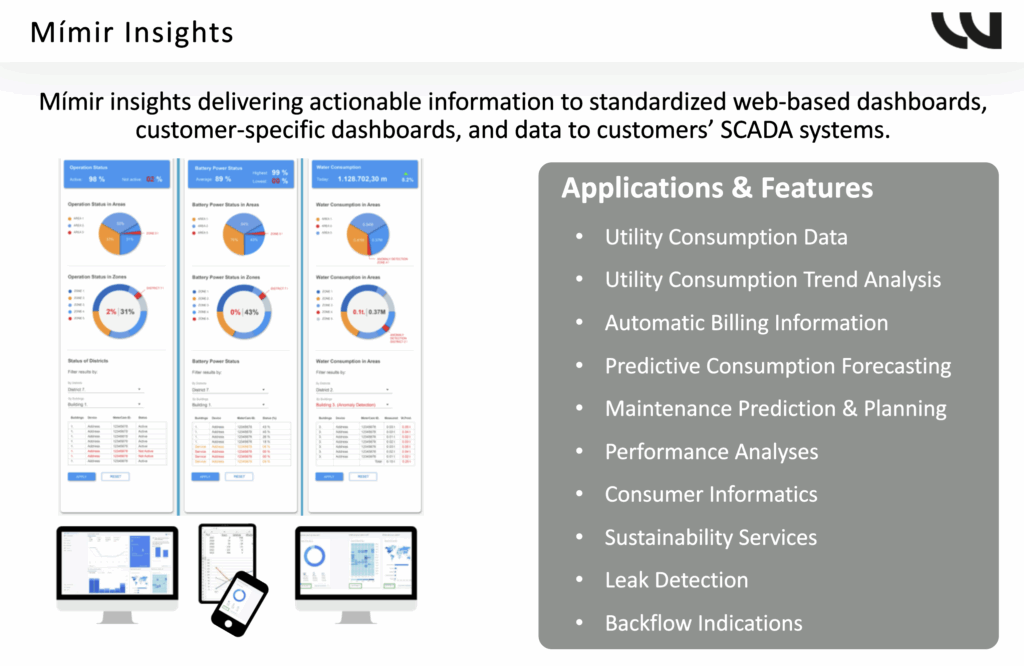
With the help of the Mimir Cloud Platform, water utilities can build dashboards and create custom dashboards, have a centralized platform from multiple data sources, and boost data-driven decisions.
Market Evolution: Data-Driven Transformation
North American utilities have already deployed over 146 million smart meter endpoints. Nearly 42 million of those are advanced metering infrastructure (AMI), offering two-way communication. However, many of these systems still fall short in providing actionable insight and efficiency. Which affects modern customer experience, along with the utilities operations and decision-making.
What utilities need is not just more data, but better tools to interpret multiple sources of data. That’s why solutions like Waltero’s camera-based hardware linked to the Mimir dashboard are increasingly critical. They provide near real-time raw data, with a machine self-learning system that can analyze and predict consumption or failure risks, powered by Edge AI and IoT integration.
In the water sector, digitization in utilities is no longer a matter of choice. Rather, it’s a necessity for sustainability and efficient utility asset management.
Waltero’s Capabilities with Smart Grid Technologies
Turning Analog Meters Into AI-Driven Data Points
At the heart of Waltero’s hardware offering is the W-Sensor. Designed to retrofit easily onto existing meters or field assets, this battery-powered, camera-based device integrates IoT and edge AI to read analog dials, detect environmental changes (such as flooding or obstruction), and send processed near-real-time data to the cloud.
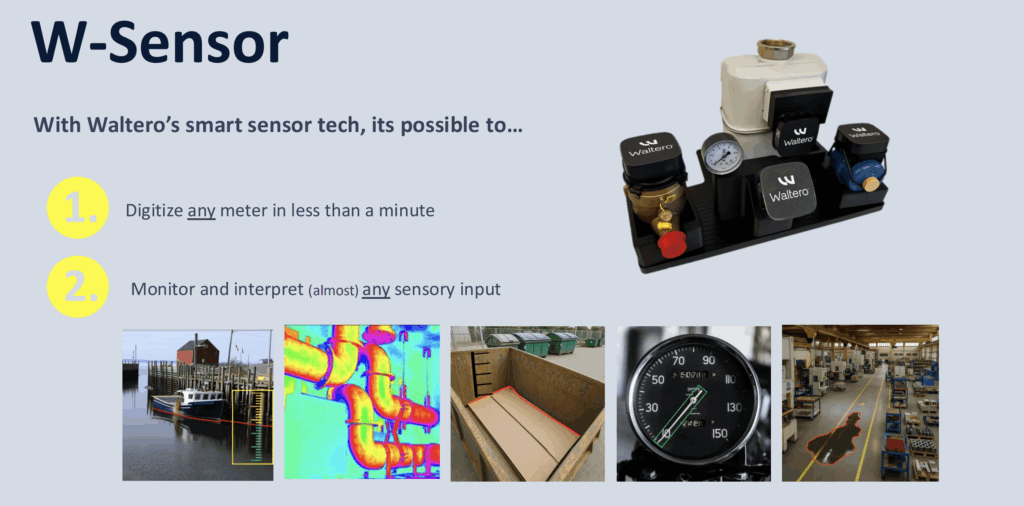
- Remote high-value asset monitoring
- Removal of on-site manual labor for repetitive tasks
- No need for removing & replacing old meters
- Extended years of battery life for the smart sensors
- Resilient under harsh environmental conditions (IP68 protection case for the W-Sensor hardware)
- Supports cellular LTE, LoRaWAN, and WiFi communication
This flexible installation model significantly reduces infrastructure upgrade costs and deployment time, allowing utilities to modernize and digitize their entire operations incrementally while integrating with the smart grid technology.
Mimir: Where Data Becomes Decision
Waltero’s Mimir cloud platform acts as the control tower for the smart grid. It pulls raw data from various sources of devices, transforming it into clear, role-based custom dashboards.
Key Functions:
- Real-time data and historical data visualization
- Automation
- Data analytics
- Predictive analysis
- Computer perception
- Self-Learning Machine using Edge-AI & IoT
- Real-time processing of data & reports
- Smart notifications and predictive alerts
- SCADA and GIS integration
- Anomaly detection using machine learning
- Auto-generated compliance and performance reports
- Enhanced customer service and user experience through accurate data processing
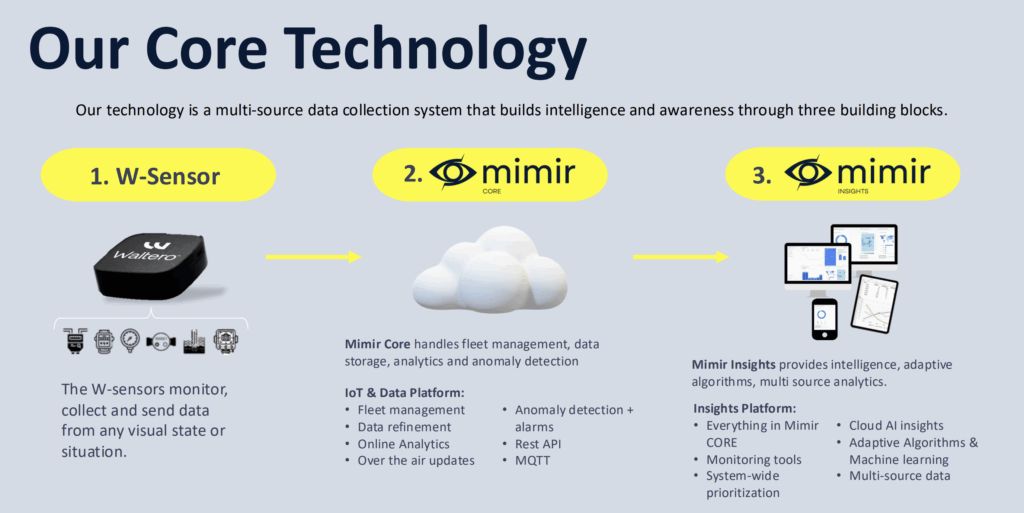
Mimir adapts to the user, whether you’re a field technician, control room supervisor, or utility director. Dashboards are customizable, mobile-accessible, and scalable to utility size.
With cloud platforms like Waltero’s Mimir, even small and mid-sized water utilities can achieve visibility and control and apply modern smart grid technology, which is traditionally reserved for larger systems. Driving a smarter, more resilient water grid across the entire water sector.
The Role of Utility Data Integration
The strength of a smart grid lies in seamless utility data integration. At Waltero, we prioritize interoperability, allowing our system to integrate with legacy and modern infrastructures alike. This ensures that utilities don’t have to rip and replace entire systems to achieve modernization and boost data-driven decisions, reaching an optimal digital transformation strategy using IoT & Smart Grid Tech.
Mimir provides support for standardized APIs, MQTT messaging protocols, and direct integrations with GIS, billing systems, and cloud-native enterprise platforms. This modularity gives utilities the flexibility to build their digital ecosystem at their own pace.
Real-World Use Case in the US
Park City, Utah, renowned for its ski resorts and the Sundance Film Festival, faces unique challenges in water utility management due to its fluctuating population, from about 8,000 residents to over 30,000 during peak tourist seasons. To address these challenges, Park City’s water utility implemented a smart grid solution, similar to Waltero’s Solution, using smart sensors.
Implementation Highlights:
- Advanced Metering Infrastructure (AMI): The city deployed AMI systems to collect real-time data on water usage, enabling more accurate billing and efficient resource management.
- Unified Dashboard Integration: Data from smart meters and sensors is consolidated into a centralized dashboard, providing utility managers with a comprehensive view of the water distribution network.
- Real-Time Monitoring and Alerts: The system allows for continuous monitoring of water flow and pressure, with instant alerts for anomalies such as leaks or unauthorized usage.
Outcomes:
- Enhanced Operational Efficiency: The unified dashboard enables quick decision-making and proactive maintenance, reducing downtime and service disruptions.
- Improved Customer Service: Accurate, real-time insights help in resolving customer inquiries swiftly and effectively.
- Resource Conservation: Early leak detection and efficient water management contribute to significant water savings, crucial for a city with variable demand.
This case exemplifies how integrating smart sensors with unified dashboards can lead to more resilient and responsive water utility operations, especially in communities with dynamic needs. There are plenty more use cases covering the digitization of water utility asset management.
Real-World Use Case Application of Waltero in Sweden
Case Study: Lessons from VA SYD, Sweden
Our work with VA SYD can offer valuable parallels for U.S. utilities through the same application process.
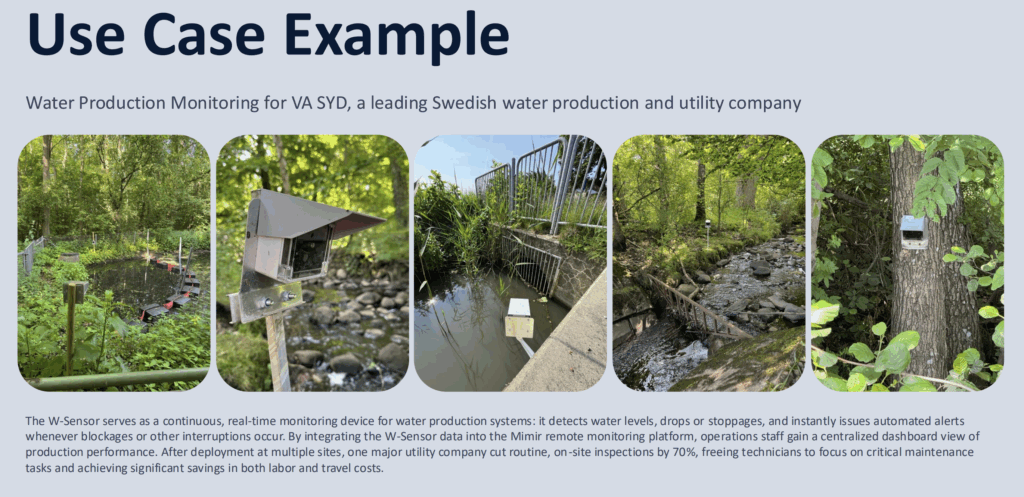
Phase 1: Capture & Train
W-sensors were installed to capture images in tunnels, inlets, and outlets. Human operators labeled data to teach the AI model to detect sand, blockages, or abnormal water levels.
Phase 2: Automate & Alert
Mimir dashboard enabled staff to monitor water infrastructure from office screens, rather than conducting routine field inspections, and ensured access to real-time insights.
Phase 3: Predict & Prioritize
Over time, the model can learn to anticipate conditions that preceded blockages, allowing preventive maintenance scheduling.
The outcome: fewer failures, improved safety, and better resource allocation.
As a result, the W-Sensor helped reduce in-person inspections by 66%.
These same principles and solutions are now being applied in pilot deployments across U.S. districts and treatment facilities.
What Unified Dashboards Solve
1. Non-Revenue Water: Stopping Leaks Before They Grow
Non-revenue water (NRW) is a costly issue. Traditional detection relies on reactive inspection. Waltero’s system flags anomalies early—unexpected usage patterns, sudden pressure drops, or meter abnormalities.
By cross-referencing data from camera images, flow trends, and historical consumption. Mimir could identify leaks, threats, and risks hours or days before traditional methods would. Any consumption anomaly detection will be flagged and reported.
2. Labor Optimization: Doing More with Less
Utilities nationwide face staffing shortages. With visual sensor data and remote inspection capability, Waltero’s solutions reduce the need for routine site visits.
Referring to the Waltero VA-SYD use case, reduced in-person inspections freed up teams for high-impact work, all while cutting down fuel and travel costs for the company.
3. Environmental Monitoring: Tracking What You Can’t See
Beyond water consumption, Waltero’s sensors can be configured to monitor electricity, gas & oil flow pumps, humidity, vibration, or water levels in storm drains and tunnels. This multi-sensory approach helps detect risks like flooding, sand buildup, or infrastructure stress, especially in hard-to-reach locations.
4. SCADA and IoT promoting One Ecosystem
Reduce manual intervention and integrate SCADA systems into your chosen asset management system. Create alerts for critical infrastructure issues and respond quickly with real-time sensor data processing. Handle large volumes of SCADA data and scale as needed to meet future demands.
Our goal is not to replace your existing systems. It’s to enhance them.
Mimir integrates SCADA, GIS, AMI, and third-party APIs into a unified operational view. You can layer in intelligence without disrupting daily workflows.
5. Demand Forecasting and Decision Support Tools
Accurate forecasting is essential for long-term planning. Mimir uses machine learning, IoT, and AI-powered decision support tools to analyze usage patterns, industrial demand spikes, and even climate data.
By proactively managing resources, utilities can ensure more efficient water allocation, minimize pump cycling, and reduce unnecessary water treatment, all while enhancing service delivery and reducing environmental impact.
Preparing for What’s Next: Smart Grid Tech for Tomorrow’s Challenges
1. Weather-Resilient Infrastructure
From drought in the Southwest to flooding in the Midwest, extreme weather stresses infrastructure. Mimir can incorporate environmental data like rainfall and temperature trends to support real-time risk evaluation and storm preparedness.
2. Workforce Turnover and Training Gaps
Waltero’s intuitive dashboards support faster onboarding for new staff. Visual insights, guided workflows, and mobile access reduce training curves and help utilities retain operational knowledge even during staff transitions.
3. Budget-Justified Investments
With data-backed performance reports and before/after ROI visualizations, utilities can demonstrate the impact of smart upgrades. Mimir provides data insights and supports reporting with transparent KPIs.
4. Cybersecurity and Resilience
As water utilities digitize, the importance of secure and resilient systems cannot be overstated. At Waltero, we integrate security best practices. End-to-end encryption of data transfer, user role-based access, and real-time monitoring, to help utilities meet cybersecurity mandates and defend against evolving threats.
Getting Started with Waltero: A Smarter and More Sustainable Water Grid Stability
We understand that upgrading utility systems can be expensive and feel overwhelming due to ongoing operation. That’s why we designed Waltero to be modular, scalable, and cost-effective.
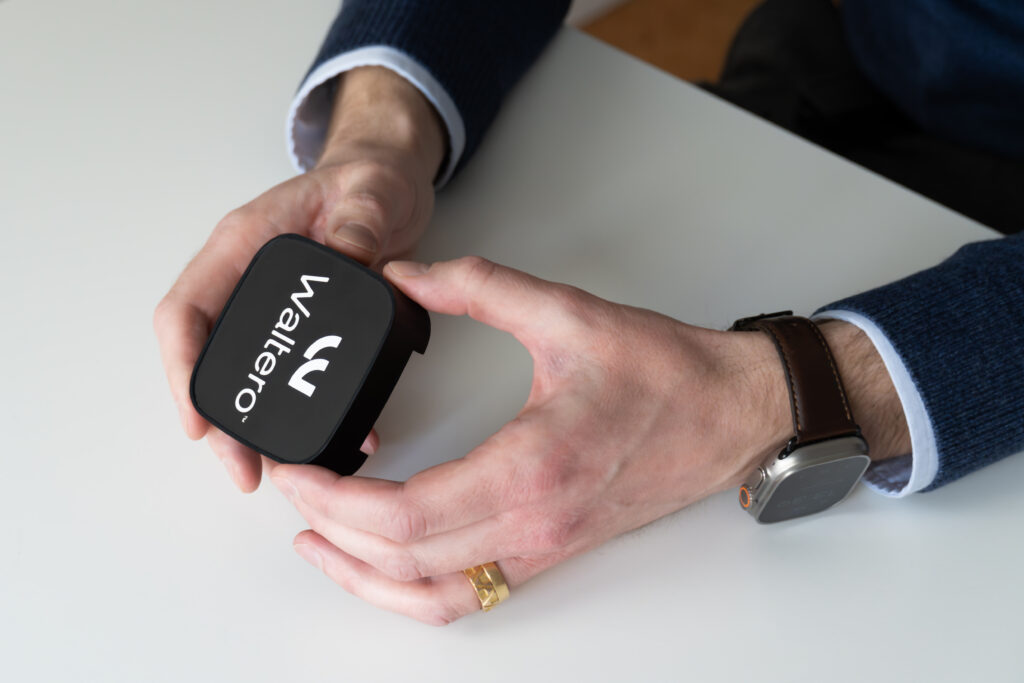
Whether you want to start with 50 sensors or 5,000, our team provides:
- Site evaluation and system planning
- Pilot kit deployment (hardware W-Sensor + Mimir access)
- Integration and onboarding support
- Ongoing training and optimization
Apply For Waltero’s Exploratory Kit – Smart Metering Technology to get started with a hands-on evaluation.
Leveraging IoT for Sustainable Energy Solutions
Smart grid technologies leverage IoT devices like smart sensors and smart meters to gather up-to-date insights. IoT sensors not only detect abnormalities but also enable predictive maintenance, allowing utilities to address issues before they lead to significant outages.
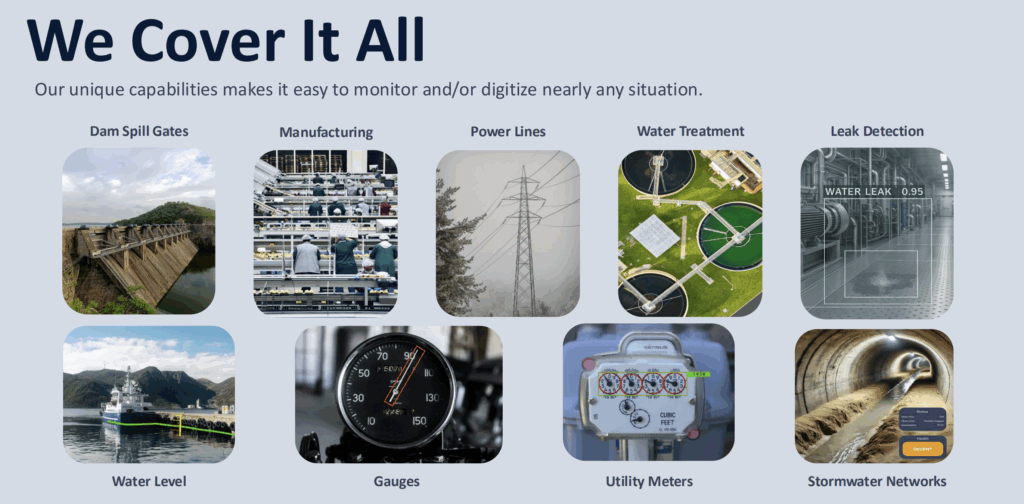
Strategic investments in IoT and smart grid technologies are essential for achieving long-term sustainability.
IoT Sensors for Enhanced Monitoring
Modern utilities are turning to IoT sensors to enhance monitoring across their distribution networks. These devices collect real-time data from multiple sources, including flow meters, pressure sensors, and leak detectors, giving operators a continuous and comprehensive view of system performance. When integrated into unified dashboards, this data allows utilities to quickly identify anomalies, improve response times, and make more informed decisions across departments.
By installing IoT sensors throughout networks, utilities gain real-time insights into grid conditions and performance. Sensors quickly detect faults or inefficiencies, significantly reducing outage durations by 20–37% in some utilities, and directly improving data analytics, customer satisfaction, and operational efficiency with a smooth flow of data processing.
Advanced Demand Response Management
Demand response management uses IoT and smart meters to balance energy consumption with renewable generation, offering near real time data processing, a responsive approach to peak demand. At Waltero, we advocate for dynamic solutions enabling utilities to reduce peak load stress, integrate renewables, and avoid costly infrastructure expansions.
Integration of Renewables
The smart grid seamlessly integrates renewable resources, such as solar and wind, into the grid, facilitating the integration of renewable energy, real-time data, and enhancing grid reliability and sustainability. Distributed energy resource management systems (DERMS) and microgrids, empowered by IoT, allow utilities to manage local energy generation dynamically, boosting grid reliability and sustainability.
Conclusion
At Waltero, our mission is to empower and digitize utilities with scalable and cost-effective tools that provide visibility, agility, and impact. Through smart grid technology and unified dashboards, we help water systems evolve from reactive to predictive, and from data-rich to insight-driven.
We envision a future where utility teams don’t just manage infrastructure, they orchestrate it. Where maintenance is anticipated, not reactive. Where sustainability goals are achieved through clarity, not complexity.
The future of water is digital, and we’re here to help you lead the way.
Mattias Nahlin – Chief Strategy Officer, Waltero
Mattias shapes Waltero’s strategy, leveraging deep expertise in business development and product management. Having led multiple growth journeys at tech innovators, he is now focused on identifying market opportunities for AI and computer vision solutions that propel digital transformation, operational visibility, and intelligent use of resources.
